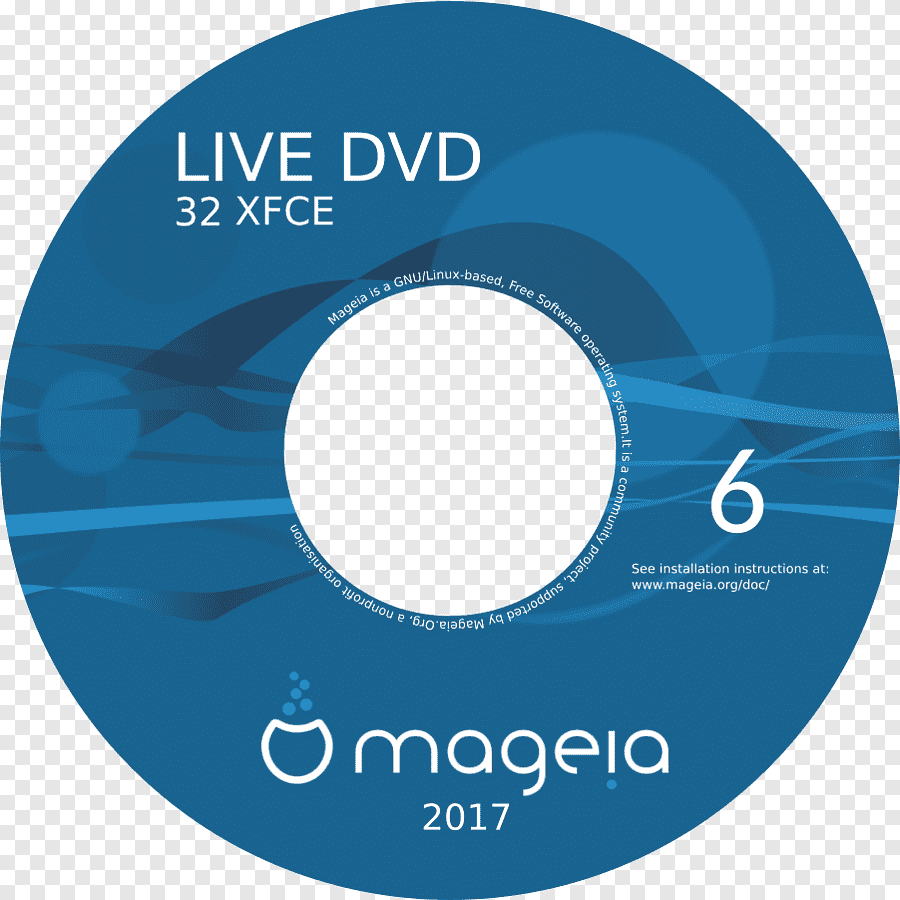Btrfs snapshots + Snapper have been (somewhat) pioneered by openSUSE Tumbleweed. Yet, they see value in developing openSUSE Aeon (i.e. their attempt at an 'immutable' distro); otherwise they wouldn't be putting resources into it.
Hence, Btrfs snapshots is (at best) only able to fulfil some aspects we've come to expect from 'immutable' distros. But there's more to it than that.
One of the most simple (and, yet, perhaps most defining) feature that 'immutable' distros come with is atomic updates; i.e. updates either occur or not, there's no in-between messed up state caused by energy outage or whatsoever.
There's a lot more to it than that. To mention a few more:
- reproducibility
- declariative system management
- (some) prevention of cruft accumulation, bit rot and configuration drift
- better security related to read-only part of OS
- a lot less undefined/hidden/unknown state
Not all 'immutable' distros possess these qualities. Nor are they aspired by all of them. Hence, lumping them up together is actually a blatant oversight that's been committed way too frequently.
Regardless, if you're interested, consider trying out Fedora Atomic^[1]^, NixOS or openSUSE Aeon for yourself and see what it's all about.
- Either through Fedora's own images or the ones provided by uBlue.
